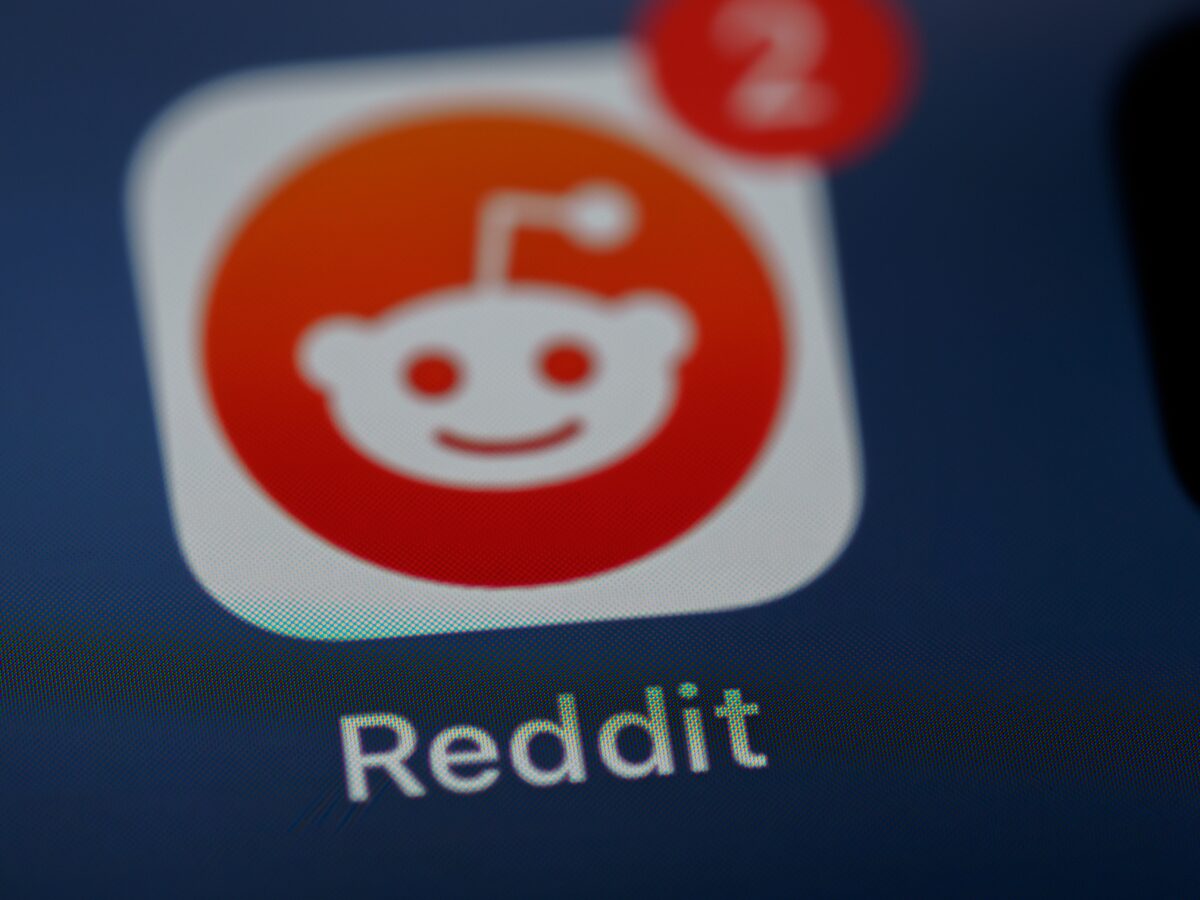Reddit doesn’t look like Facebook, Instagram or Twitter, so advertising on the social media platform might feel intimidating. The website refers to itself as a “network of communities based on people’s interests.” These communities, known as subreddits, enable members to share images, videos and links … Continue reading “7 tips to successfully advertise on Reddit”
5 tips to optimize your Facebook Pixel
The key to any digital marketing strategy involves testing, tracking and refining based on the data. When it comes to Facebook and Instagram ads, you must incorporate the free-to-use Facebook Pixel to obtain the best data tied to your campaign performance. The Facebook Pixel is … Continue reading “5 tips to optimize your Facebook Pixel”
7 tips to better target your Facebook ads (and see more results)
Advertising on Facebook is a great way to reach a lot of people. It is the No. 1 social media network, after all, reaching about 59 percent of the world’s social networking population. But just like with any advertising, Facebook ads are only as effective … Continue reading “7 tips to better target your Facebook ads (and see more results)”
Want to receive more great content like this for free?
Subscribe to our newsletter to get best practices, recommendations, and tips for digital marketers



